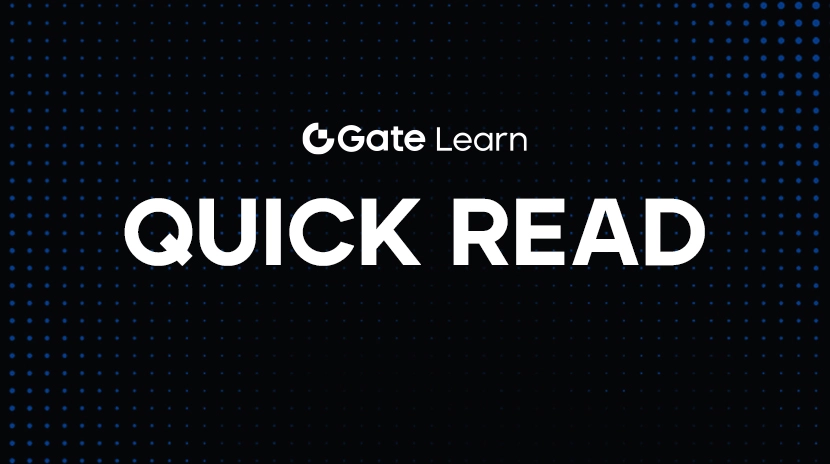Movement Network Explained: The Move-Based Blockchain Reimagining Web3
Web3 innovation powered by the Move language

(Source: movementlabsxyz)
Movement Network is a next-generation blockchain infrastructure built on the Move language, which was originally developed by Facebook (Meta). The initial design intention was to provide a smarter contract environment with higher security. Its unique resource-oriented model ensures that every asset cannot be copied or arbitrarily transferred, giving blockchain developers significant assurance in terms of security and asset ownership. Movement combines the technical characteristics of Move with modern blockchain needs, launching three major modules as its technological pillars.
Three key modules support a high-performance operating architecture
- Move Executor: Dual Virtual Machine Compatible Execution Layer
Move Executor supports MoveVM and EVM, allowing developers to utilize existing Ethereum ecosystem tools while enjoying the high security and resource static analysis advantages brought by the Move language. In addition, the parallel processing architecture significantly enhances processing efficiency, aiding in the deployment of applications that support higher transaction volumes. - FFS Fast Final Settlement System
The FFS module breaks away from the traditional Rollup proof mechanism, instead utilizing a group of economically collateralized validators to execute fast settlements. Users do not need to wait for a lengthy challenge period to achieve transaction finality, significantly reducing cross-chain latency and security risks. - Decentralized Shared Sorter
This is a transaction sorting mechanism independent of the main chain, allowing for synchronized sorting and execution of transactions between multiple chains. It features censorship resistance and fairness design, making it particularly suitable for multi-chain collaborative operations and atomic swap scenarios.
Four-module layered architecture: a complete link from data to consensus
The design of Movement Network emphasizes modular separation and functional focus, with the following four-layer structure:
- Data Availability (DA): Collect, sign, and sort transaction data through DA nodes to form batches, improving data availability and verification efficiency.
- Sequencing: Decentralized sorting nodes are responsible for handling the order of transaction batches, ensuring that data is correctly incorporated into the block.
- Execution: Nodes immediately execute transactions obtained from the DA node, generating blocks and shortening the overall transaction processing cycle.
- Settlement: Handled by FFS to write the transaction results to the L1 contract, providing immediate finality confirmation.
Clear division of responsibilities makes the network both resilient and easy to scale.
MOVE token mechanism
MOVE is the native token of the Movement Network and has multiple functions:
- Secure Staking and Node Incentives: Users can stake MOVE to assist in network maintenance and receive reward returns.
- Gas Payment: All transaction and contract execution fees are settled in MOVE, enhancing token demand and liquidity.
- Governance Participation: Token holders can propose and vote, participating in the adjustment of network governance parameters and upgrade directions.
- Liquidity Applications: MOVE can be used in scenarios such as liquidity mining and DApp rewards, expanding its use value.
Token Distribution:
Ecosystem and Community (Ecosystem + Community): 40%
Used to promote community building, partnership programs, and ecosystem development, incentivizing participants to contribute to network growth.Early Backers: 22.5%
Used to fund early investors and supporters to accelerate project development and resource expansion.Early Contributors: 17.5%
Incentivize development teams, technical partners, and long-term contributors to ensure the stable development of the project.Initial Claims: 10%
Used for initial user applications, as early airdrops or incentive activities to attract more users to participate in the network.Foundation: 10%
For future project expansion, strategic reserves, and ecosystem construction, to ensure the long-term stable operation of the project.

(Source: Movement Network)
Controversial Event: Founder Market Manipulation Scandal
In May 2025, Movement Network was involved in a market manipulation controversy. One of the founders, Rushi Manche, was accused of secretly colluding with market makers to allocate 66 million MOVE tokens, approximately 5% of the total supply, without disclosure, and subsequently selling a large amount after the listing, leading to significant volatility in the MOVE price.
This incident triggered a strong backlash from the community, and ultimately Rushi was relieved of his duties. Movement stated that it will undertake brand rebuilding under the leadership of a new team and establish a new legal entity, Move Industries, to restore market trust.
New Directions and Future Prospects
Despite facing a trust crisis, Movement has not stopped moving forward. The new management team is actively rebuilding community confidence, strengthening governance transparency, and focusing on the expansion of technological applications. Future strategies will include:
- Enhance interoperability with mainstream blockchains
- Promote the deployment of cross-chain assets and DeFi applications.
- Attracting institutions to participate increases market depth.
- Strengthen governance and developer participation mechanisms
With the maturity of the Move language and the expansion of its application ecosystem, the Movement Network is expected to become one of the key infrastructures in the Web3 world that is highly secure and efficient.
If you want to learn more about Web3 content, click to register:https://www.gate.com/
Summary
Movement Network showcases on-chain innovative power centered around the Move language. Despite experiencing turbulence, it is moving towards a more open, transparent, and efficient multi-chain future driven by new vision and technology. For developers and investors, this is a new force worth paying attention to, possibly standing at the starting point of the next wave of Web3 infrastructure innovation.
Share
Content





